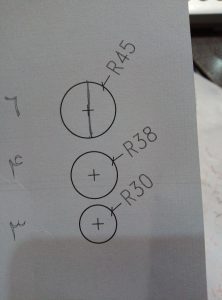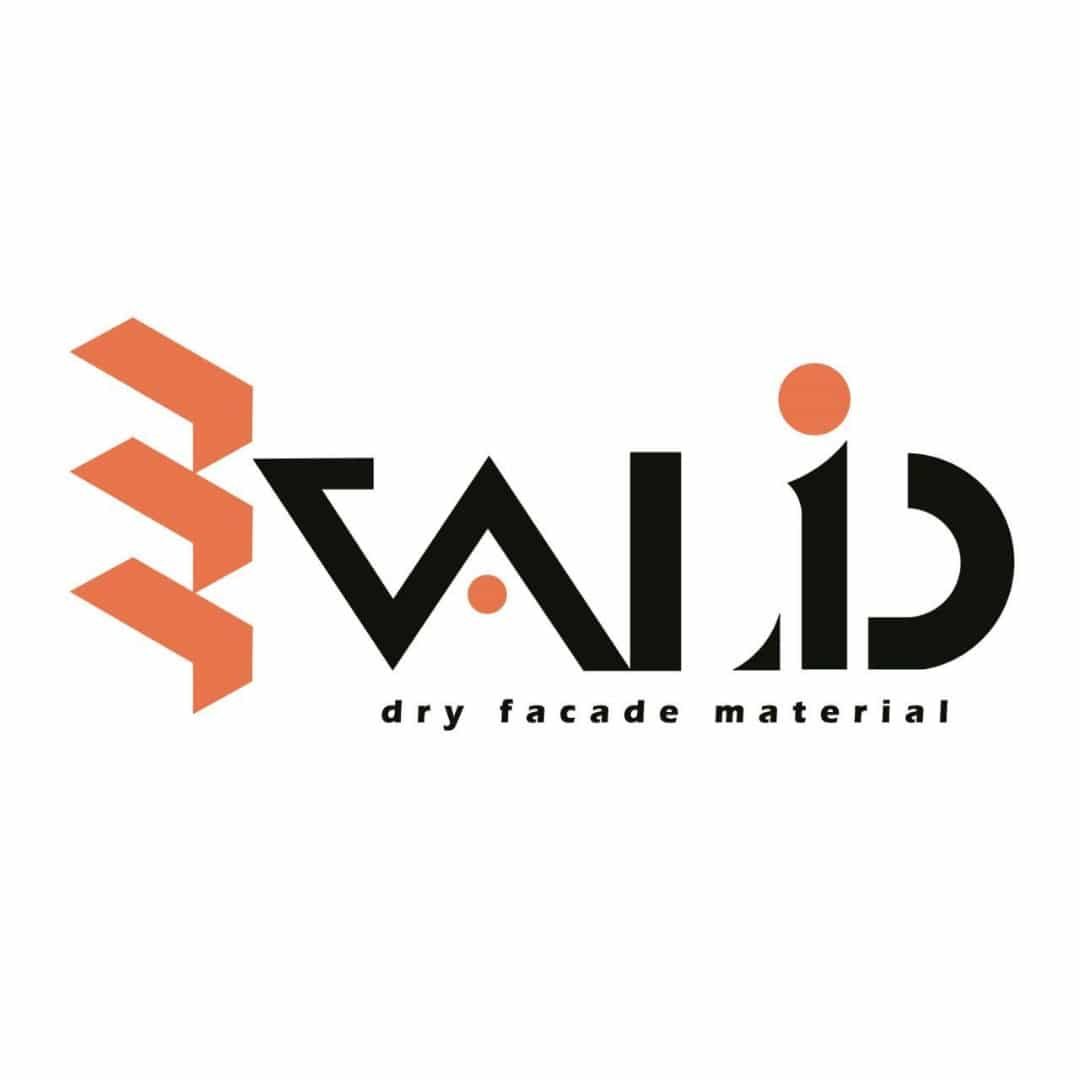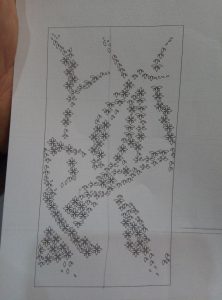Curtain wall texture building
Curtain walls are one of the most iconic and distinctive features of modern architecture. These glazed facades create a sleek, minimalist aesthetic that has become a defining characteristic of many contemporary buildings. But beyond their visual impact, curtain walls also play a crucial role in building performance, providing thermal insulation, weather resistance, and structural support.
One key element of curtain wall design is the texture of the building envelope. The texture of a curtain wall can significantly affect the look and feel of a building, as well as its performance in terms of energy efficiency, acoustics, and durability. In this article, we will explore the various types of curtain wall textures, their advantages and disadvantages, and how they can be incorporated into building design.

Types of Curtain Wall Textures
There are several types of curtain wall textures, each with its own unique characteristics and advantages. Some of the most common textures include the following:
Smooth
Smooth textures are the most basic type of curtain wall texture. They are often used in buildings with a modern aesthetic and a minimalist design. Smooth textures create a uniform appearance and give the building a sleek, polished look. However, they can be prone to showing dirt and stains, which can detract from their appearance over time.
Matte
Matte textures have a slightly rougher surface than smooth textures. They are often used to create a more natural, organic look and feel. Matte textures are less reflective than smooth textures, which can make them ideal for buildings in areas with a lot of sunlight. They are also less prone to showing dirt and stains, which can help maintain their appearance over time.
Metallic
Metallic textures are made from materials like stainless steel or aluminum. They create a shiny, reflective surface that can add a touch of glamour to a building. Metallic textures are often used in buildings with a futuristic or high-tech aesthetic. However, they can be more prone to showing scratches and dents, which can be a concern for buildings in high-traffic areas.
Patterned

Patterned textures incorporate geometric or organic patterns into the surface of the curtain wall. They can add a sense of depth and dimensionality to a building, and can be used to create visual interest or to complement the surrounding landscape. Patterned textures can also help to reduce the visual impact of dirt and stains on the surface of the curtain wall.
Textured
Textured textures have a more pronounced surface texture than smooth or matte textures. They can create a sense of depth and dimensionality that can add visual interest to a building. Textured textures can also help to reduce the visual impact of dirt and stains on the surface of the curtain wall. However, they can be more difficult to clean and maintain than smooth or matte textures.
Advantages and Disadvantages of Curtain Wall Textures
Each type of curtain wall texture has its own unique advantages and disadvantages. Some of the most significant advantages and disadvantages of each type of texture are as follows:
Smooth
Advantages: Smooth textures create a sleek, polished appearance that can be ideal for buildings with a modern aesthetic. They are easy to clean and maintain, and are less prone to showing dirt and stains than other types of textures.
Disadvantages: Smooth textures can be prone to scratches and other damage, which can detract from their appearance over time. They can also create a somewhat sterile or impersonal feel, which may not be suitable for all building designs.
Matte
Advantages: Matte textures create a more natural, organic look and feel that can be ideal for buildings in natural or urban environments. They are less reflective than smooth textures, which can make them more comfortable to look at in areas with a lot of sunlight.
Disadvantages: Matte textures can be more prone to showing dirt and stains than smooth textures, although they are still easier to clean and maintain than other textures like metallic or textured. They may not be as suitable for buildings with a more modern aesthetic, where a sleek and polished appearance is preferred.
Metallic
Advantages: Metallic textures can create a sense of glamour and luxury, making them ideal for high-end buildings like hotels or luxury residential towers. They are also very durable and can withstand a lot of wear and tear without showing much damage.
Disadvantages: Metallic textures are more prone to showing scratches and dents than other types of textures, which can be a concern for buildings in high-traffic areas. They may also be more difficult and expensive to clean and maintain than other textures.
Patterned
Advantages: Patterned textures can add visual interest and depth to a building’s facade, making it more visually appealing. They can also be used to create a sense of continuity between the building’s design and the surrounding environment, making the building feel more connected to its surroundings.
Disadvantages: Patterned textures can be more difficult to clean and maintain than smooth or matte textures. They may also be less suitable for buildings with a more modern aesthetic, where a clean and polished appearance is preferred.
Textured
Advantages: Textured textures can create a sense of depth and dimensionality that can add visual interest to a building’s facade. They can also be more forgiving when it comes to dirt and stains, making them easier to maintain over time.
Disadvantages: Textured textures can be more difficult and expensive to clean and maintain than other types of textures. They may also be less suitable for buildings with a more modern aesthetic, where a clean and polished appearance is preferred.
Incorporating Curtain Wall Textures into Building Design
When incorporating curtain wall textures into building design, there are several factors that should be taken into consideration. These include the building’s location, the surrounding environment, and the desired aesthetic and performance goals.
For buildings in urban environments, a sleek and polished appearance may be more appropriate, as it can help the building stand out from its surroundings. Smooth or metallic textures may be more suitable for these types of buildings. For buildings in natural environments, a more organic and natural appearance may be desired, making matte or patterned textures more appropriate.
The building’s performance goals should also be taken into consideration when selecting a curtain wall texture. Buildings in areas with a lot of sunlight may benefit from matte or textured textures, which are less reflective and more comfortable to look at. Buildings in high-traffic areas may benefit from more durable textures like metallic or textured, which can withstand a lot of wear and tear without showing much damage.
Conclusion
Curtain wall textures play a crucial role in building design, affecting both the appearance and performance of a building. By carefully selecting a curtain wall texture that is appropriate for the building’s location, surrounding environment, and performance goals, architects and designers can create a building that is not only visually appealing but also energy-efficient, durable, and comfortable to inhabit. Whether creating a sleek and modern building or a more natural and organic one, there is a curtain wall texture that can help achieve the desired aesthetic and performance goals.

